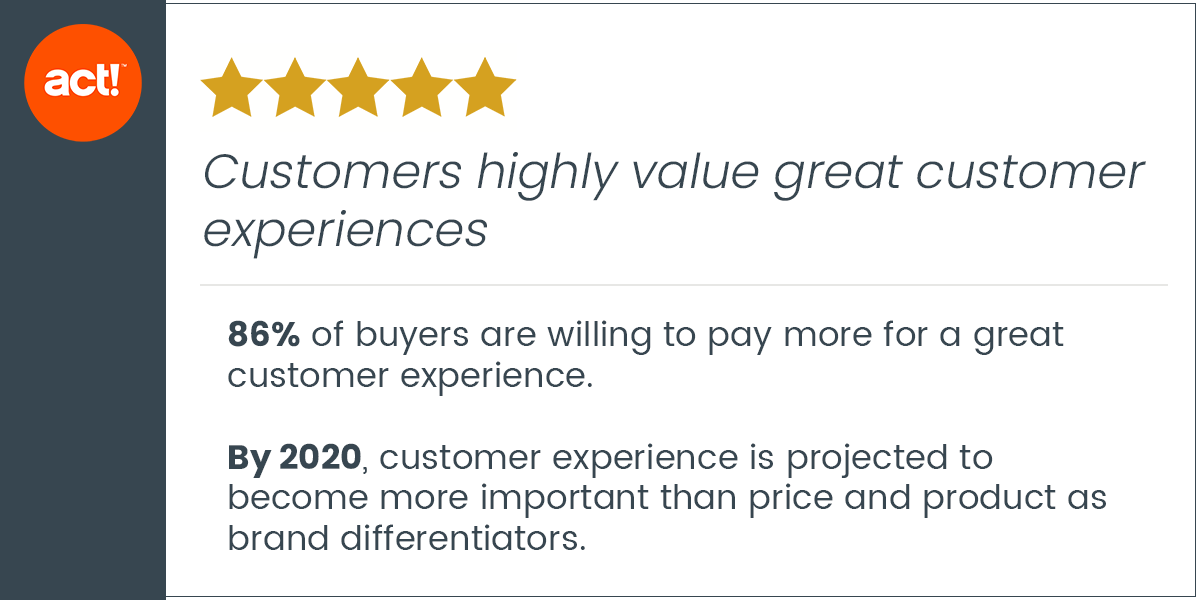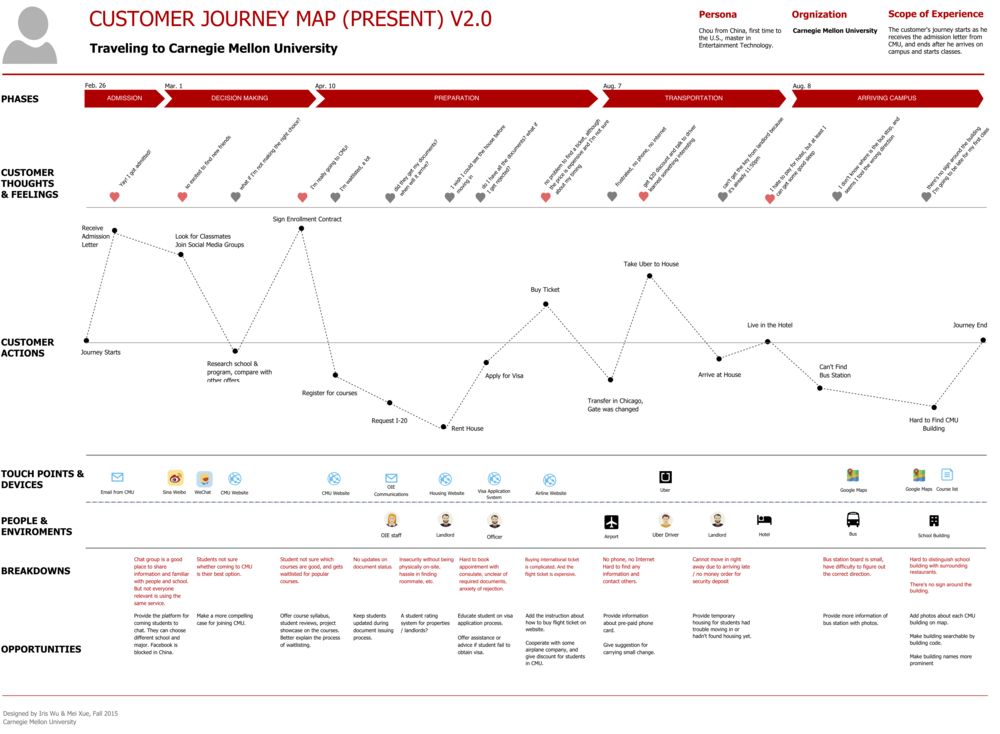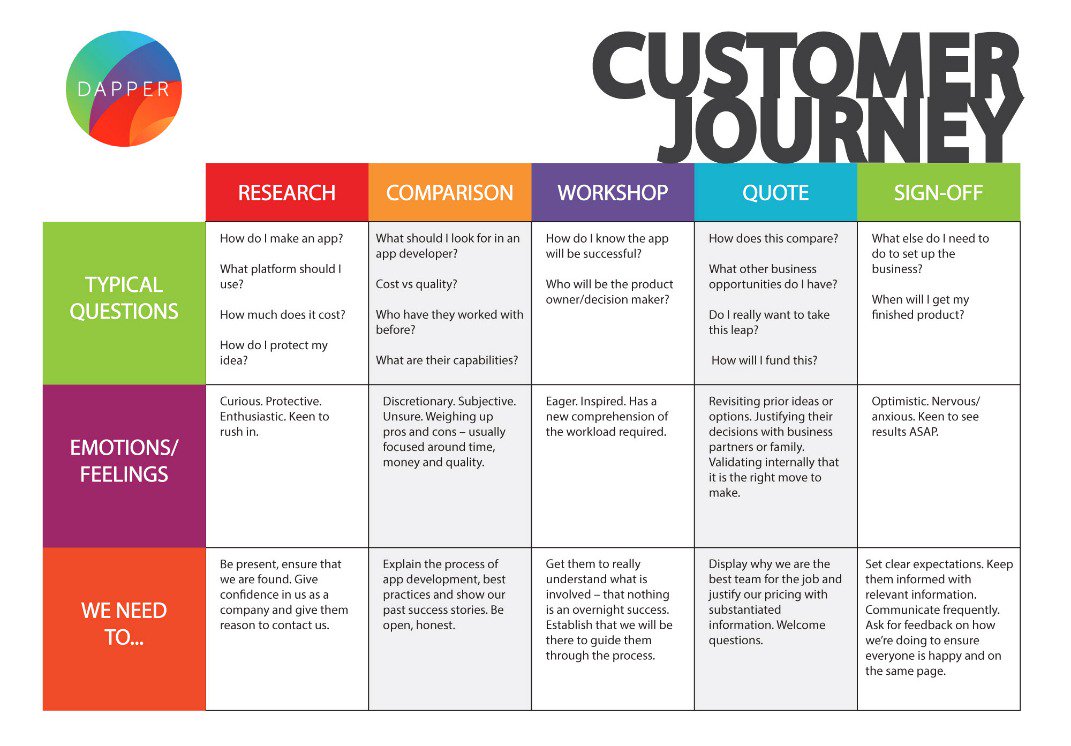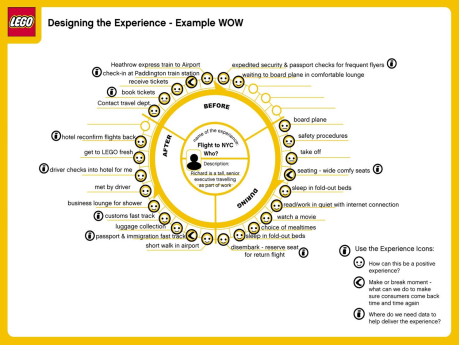
As part of a series of articles we have written on customer journey mapping, we are introducing some techniques designed to help readers to create customer journey maps for their businesses. After familiarising with the concept of a customer journey map, the next logical steps are to familiarise yourself with the common types of customer journey map, and to figure out exactly what it is that you want to achieve.

No doubt you will then be looking for a customer journey map example or two so that you can start to develop some maps that are specific to your business. Creating a customer journey map can be a complex process, and it will need to be tailored carefully according to your niche. It is not a case of ‘one size fits all’ with customer journey maps, and there are various types of map that can be developed in accordance with your goals.
This article aims to help you do exactly that. We have gathered some customer journey map examples that were very effective for the businesses that created them:
4 examples of effective customer journey maps
The below examples of effective customer journey maps may offer valuable inspiration for creating your own customer journey map template. Each has been tailored to the company’s specific goals with the needs of their customers in mind.
Carnegie Mellon University
This customer journey map is based on the future state model. Designed for Carnegie Mellon University, it highlights the range of thoughts, feelings, and behaviors the university hoped to evoke in its students. This example includes goals relating to the people, devices, touchpoints and environments that the students would ideally interact with.
As you can see, precise changes were proposed in relation to each phase, complete with examples of scenarios. It works because it is a detailed illustration encompassing the vision of the university and its aims in terms of user experience. It is something that individual departments could refer to in measuring progress.

WebsiteSetup
This current state customer journey map focuses on customers’ specific needs, so it enabled the company to structure its website with targeted solutions in mind. It demonstrates a typical search process through Google, as well as where certain queries might lead customers. For example, to resources pages or blogs containing the information they sought. Studying the typical inquiries and search terms made it easier to identify problems and offer appropriate solutions.
This map also contains detailed statistics on customer engagement through social media channels, such as time spent on each channel, number of visits and bounce rate. This enabled the company to get a clear picture of customer behavior while indicating where more effort should be placed for better engagement. This was important, as social media makes up the bulk of acquisition for the site.

Dapper Apps
Dapper Apps specialises in bespoke app design and development. They came up with this customer journey map aimed at understanding their target audience: typical startups, or people with original, independent ideas, but without the technological knowledge to create the end product. This simple map focuses on 5 phases: Research, Comparison, Workshop, Quote, and Sign-Off.
This simple journey map aims to pinpoint the insecurities and questions customers are grappling with at the start of the process, the corresponding mental processes and feelings; it also covers the ways in which Dapper Apps might communicate effectively and provide value and solutions. It tackles every potential concern a customer may have and aims to illuminate the perfect actions to satisfy them.

LEGO
This customer journey map was made by LEGO and given a name: The Experience Wheel. The design is relatively simplistic and easy to follow. It demonstrates the possible process a customer might go through when booking a flight to New York City.
This map aims to understand specific personas and how they might interact with a product or service from start to finish, including the likely emotions relating to each aspect of the journey (depicted via emojis). It gives a quick but effective overview of a customer’s probable emotional response to the product or service in question, highlighting areas that could be improved at a glance.

It is no secret that these days, positive customer experience is one of the most vital aspects of your customer acquisition and retention strategies. As you can see, customer journey maps can be powerful tools for this. They can take a myriad forms and focal points, but the idea is to create a diagram that encompasses the most important details of the customer experience and makes solutions easy to pinpoint.






